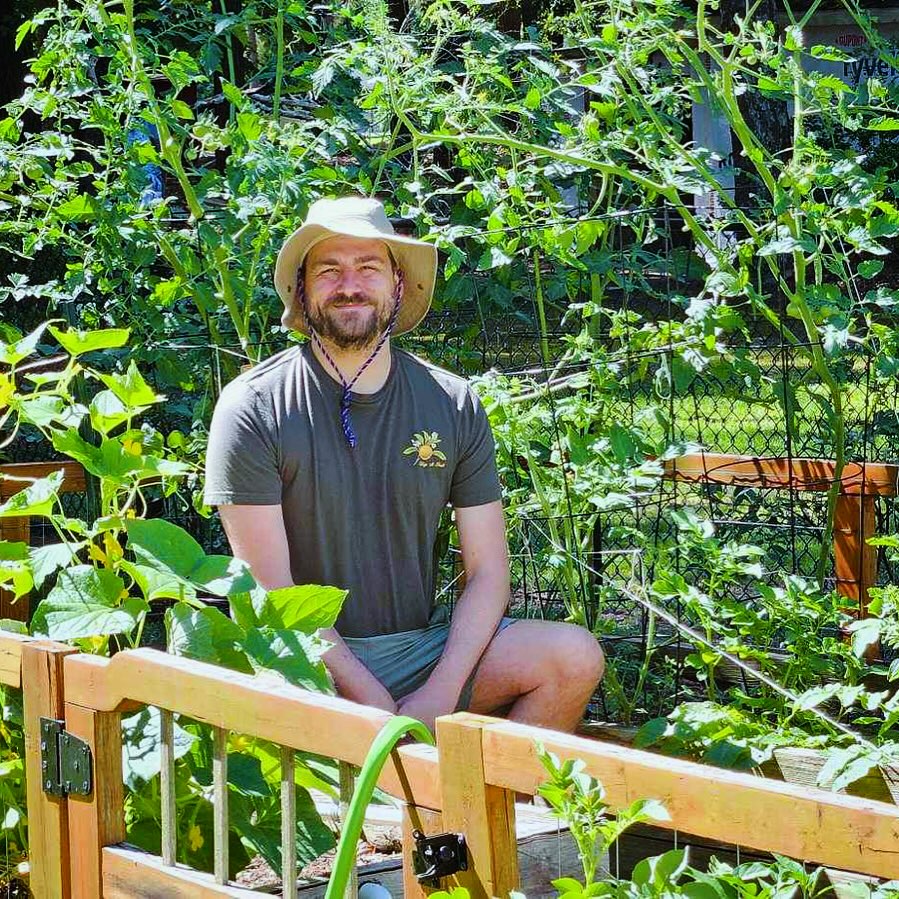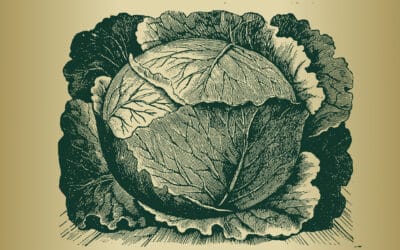There are different ways to compost, which is a key solution to today’s big environmental problem: the growing pile of trash.
As our planet struggles with the increasing amount of thrown-away organic matter and landfills getting larger, the need for sustainable solutions becomes more important. This problem is not just about cutting down on trash; it’s about using a valuable chance to help the earth.
I believe composting is the answer. The more compost piles we have, the smaller the trash piles will be.
It turns leftover organic matter into nutrient-rich material, which helps our gardens grow, improves soil, and improves the world around us!
In this article, we will explore the different composting methods and see how each one compares.
4 Types of Composting Methods Overview
| Composting Type | Ideal For | Benefits | Timeframe |
|---|---|---|---|
| Aerobic Composting: Needs oxygen, turning, balanced input | Large outdoor areas | Fast, heats up to kill pathogens, quick soil enrichment | A few weeks to months |
| Anaerobic Composting: Sealed, low-oxygen, slow fermentation | Limited space, low-maintenance areas | Low maintenance, minimal odor, effective | 6 months to over a year |
| Vermicomposting: Worm-based, contained decomposition | Small indoor spaces, educational | Rich in nutrients, efficient waste processing | 45–60 days |
| Bokashi Composting: Ferments waste anaerobically, uses microbes | Indoor, meat/dairy/oil waste handling | Quick, low odor, versatile waste handling | 2 weeks, then soil burial |
Aerobic Composting: Needs oxygen, turning, balanced input
- Ideal For: Large outdoor areas
- Benefits: Fast, heats up to kill pathogens, quick soil enrichment
- Timeframe: A few weeks to months
Anaerobic Composting: Sealed, low-oxygen, slow fermentation
- Ideal For: Limited space, low-maintenance areas
- Benefits: Low maintenance, minimal odor, effective
- Timeframe: 6 months to over a year
Vermicomposting: Worm-based, contained decomposition
- Ideal For: Small indoor spaces, educational
- Benefits: Rich in nutrients, efficient waste processing
- Timeframe: 45–60 days
Bokashi Composting: Ferments waste anaerobically, uses microbes
- Ideal For: Indoor, meat/dairy/oil waste handling
- Benefits: Quick, low odor, versatile waste handling
- Timeframe: 2 weeks, then soil burial

The Science of Composting
Composting is a natural process where organic materials, like food scraps and yard clippings, break down into a nutrient-rich soil called compost. This process happens with the help of tiny organisms like bacteria and fungi. They work together to decompose the materials.
For composting to work well, it needs the right mix of carbon-rich materials (browns) and nitrogen-rich materials (greens), as well as enough oxygen and moisture.
The compost pile also needs to be the right size and have a good mix of particle sizes to ensure proper airflow and moisture levels.
As the materials break down, the pile heats up and then cools down, eventually turning into compost.
Compostable Materials: What You Need to Know
To make great compost, you need to know what materials can be composted.
These materials are called feedstocks and are divided into two main types: “browns” and “greens.” Here’s a list of compostable materials:
Browns (Carbon-rich)
- Dry leaves
- Untreated wood chips
- Straw
- Cardboard
- Newspaper (shredded)
- Sawdust
- Tea leaves
Greens (Nitrogen-rich)
- Food scraps (vegetables, fruits)
- Coffee grounds and filters
- Tea bags
- Grass clippings
- Plant trimmings
- Eggshells
For the best compost, mix three parts browns to one part greens.
This balance helps the microorganisms break down the materials effectively. Avoid adding meat, bones, and dairy products, as they can cause bad smells and attract pests.
With the right mix and conditions, your compost pile will turn organic matter into valuable compost that enriches the soil.
The Composting Methods Spectrum
The composting process is a fascinating spectrum, ranging from the heat-driven dynamics of aerobic processes to the fermentative precision of bokashi.
Each method not only diverts waste from landfills but transforms it into a life-giving resource, full of microorganisms ready to invigorate our gardens.
Let’s dig deeper into the composting spectrum, understanding the subtleties and distinctive benefits of different composting methods and organic amendments.
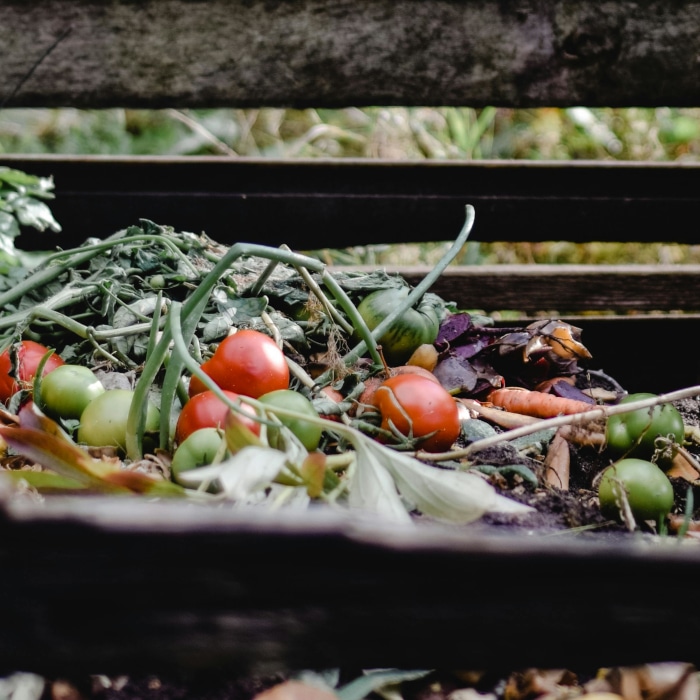
Aerobic Composting: The Active Method
Aerobic composting is known for its traditional and effective method, thriving on the presence of air.
This method is often used as a cleanup technology and can be applied both on-site and off-site.
Material Balance
Aerobic composting needs a careful mix of materials:
- Greens: Nitrogen-rich materials like kitchen scraps, lawn clippings, and coffee grounds.
- Browns: Carbon-rich materials such as dry leaves, straw, and cardboard.
Air Circulation and Temperature Control
- Introducing Air: Regularly turning the compost pile adds air, which is especially important in the beginning when air consumption is high.
- Heat and Breakdown: The process creates high heat between 54 °C (129 °F) and 65 °C (149 °F), speeding up breakdown by effectively eliminating harmful germs and seeds. The active composting phase usually lasts 21 to 30 days, followed by a curing phase of an additional 30 to 60 days.
End Results and Benefits
The result of aerobic composting is carbon dioxide, water vapor, and a dark-brown or black organic material known as compost. This material is about half the volume of the original materials and can enrich soil in gardens and farms.
Challenges
- Space Needs: Large-scale aerobic composting operations need a lot of space.
- Smell Issues: During the initial stages, the presence of air may lead to the emission of smells due to ammonia and volatile sulfur compounds.
Practical Application
I started aerobic composting by making a simple pile in my backyard, watching the transformation of scraps into rich, crumbly compost over several weeks.
This process not only highlighted the practical benefits of reducing household materials but also underscored the method’s role in broader environmental sustainability.
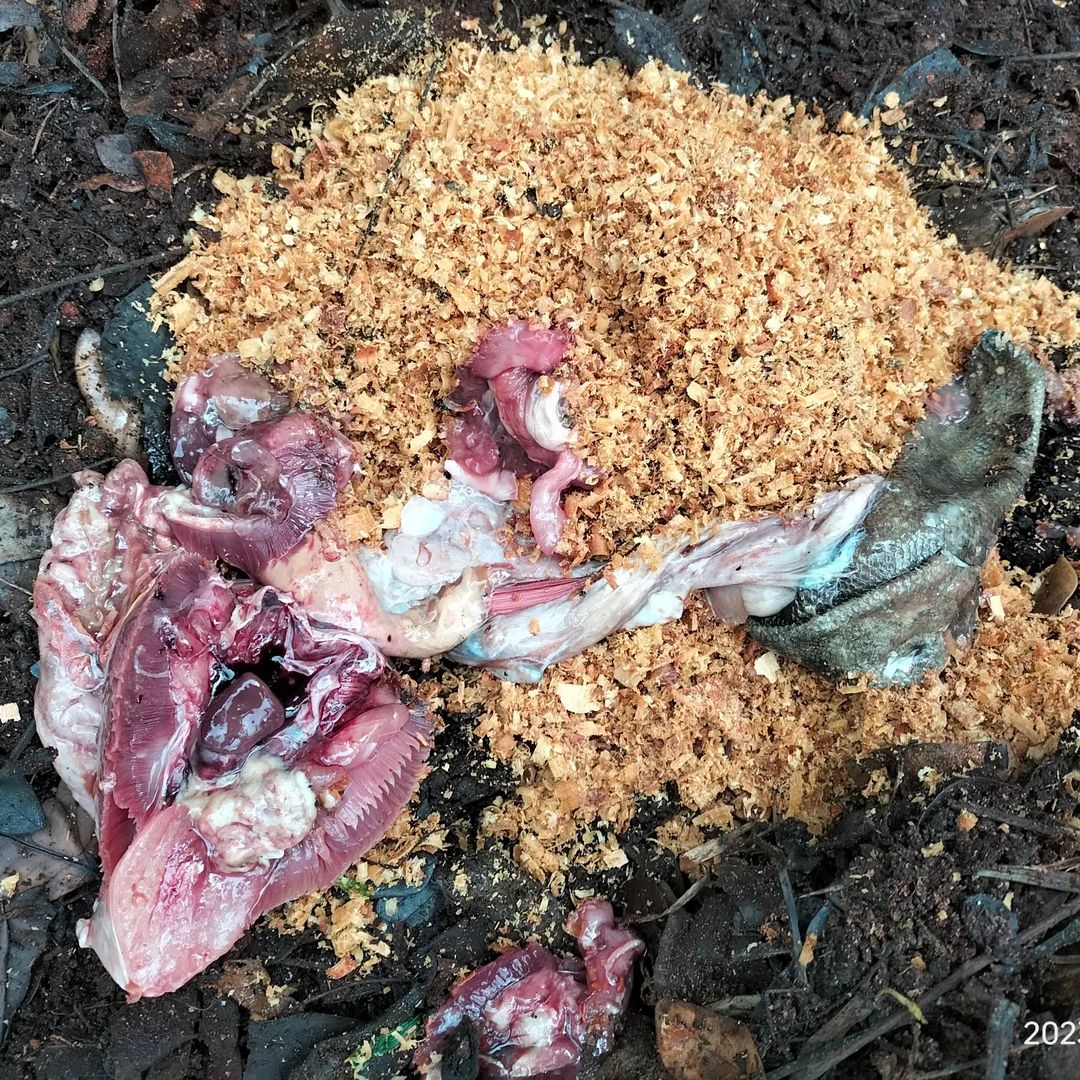
Case Study: Efficient Urban Composting in Singapore
This case study features @cuifen.pui from Singapore, demonstrating aerobic thermal composting (hot composting) in a public park.
Composition:
The pile includes hardwood shavings, fallen leaves, horticulture mulch, vegetable peelings, and used coffee grounds.
Maintenance:
The compost is turned 1-2 times weekly. Temperature is checked and kept between 122 to 140+ degrees Fahrenheit (50 to 60+ degrees Celsius).
Temperature Control:
Temperatures reach up to 149 degrees Fahrenheit (65 degrees Celsius) but are carefully managed to prevent going higher. A steady temperature helps the composting process.
Experimentation:
Fish waste was added when the pile was active to test how quickly it breaks down.
Findings
- No odors or pests: The compost doesn’t smell, and it decomposes quickly enough that pests aren’t attracted.
- Quick decomposition: Both fish waste and other kitchen scraps are gone in 3-4 days.
- The pile is fed several times before it is left to mature, keeping it active for longer.
- The successful composting of fish waste shows that with good microbial activity, even challenging materials like fish can be composted without attracting pests or creating bad smells.
Cautionary Note: Fish waste could cause problems in less active compost heaps.
This approach by @cuifen.pui offers a clear example of how proper management and an understanding of microbial activity can make urban composting efficient and trouble-free.
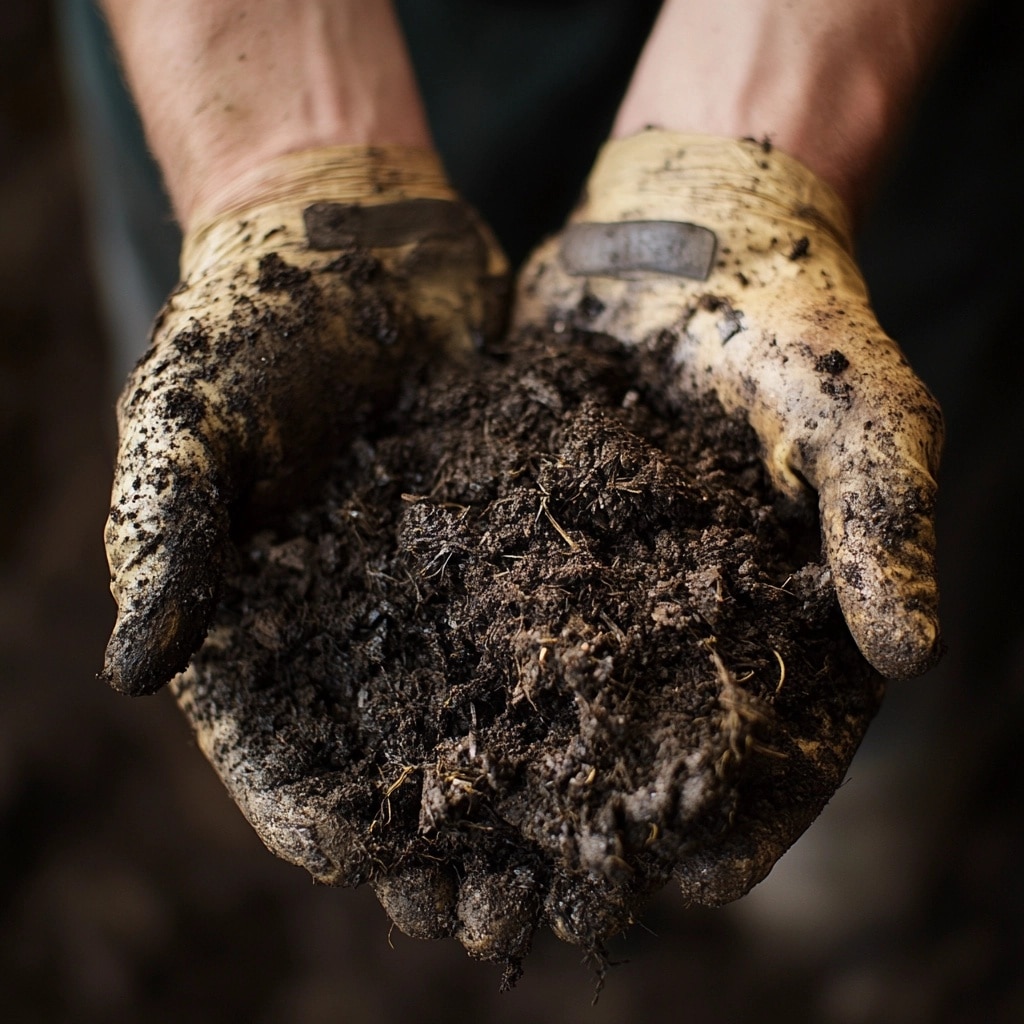
Easy Anaerobic Composting: A Low-Work Method
Anaerobic composting is a simpler way to compost compared to aerobic composting. It uses fermentation in places without air, like sealed bins or buried underground.
Main Features
- Cooler Temperatures: Anaerobic composting happens at lower temperatures, which might not kill weed seeds and bad germs, possibly harming garden health.
- Slower Process: This composting method is slower, usually taking six to eight months to finish after a short aerobic phase at the start.
Things to Think About
- Managing Moisture: Keeping the right moisture level is key. Too much moisture can cause bad smells and slow down composting. It’s important to keep the compost not too wet or dry.
- Methane Gas: A big downside is the production of methane, a strong greenhouse gas that affects global warming more than carbon dioxide. This raises environmental concerns.
Tips and Tricks
- Less Work, More Care: Although anaerobic composting needs less physical effort, it requires careful attention to avoid issues like bad smells and moisture problems.
Environmental Effects
- Gas Emissions: Methane gas emissions are a major environmental drawback, making anaerobic composting less eco-friendly compared to aerobic composting.
Anaerobic composting is great for those who want a method with less physical work, but it needs careful management to reduce its environmental impact and make good compost.
My experience with anaerobic composting has been much easier compared to aerobic methods. This slower process turns materials into nutrient-rich compost and teaches the value of patience in composting.
Usually, I start with an aerobic method, but I often end up with an anaerobic pile because I forget to turn it.

Vermicomposting: Using Worm Power
Vermicomposting introduces a lively ecosystem into composting, using red worms (Eisenia fetida) to transform organic materials. This method is great for indoor settings, providing an efficient way to manage organic materials.
Key Features
- Lively Ecosystem: Red worms break down materials into nutrient-rich worm castings, which are great for soil health.
- Indoor Friendly: Vermicomposting is compact, making it perfect for small spaces and indoor setups.
Benefits
- Efficient Processing: Worms quickly turn kitchen scraps and other organic materials into high-quality compost.
- Two Outputs: This method produces both solid compost and liquid fertilizer (worm tea/ worm juice), boosting soil fertility and providing essential nutrients for plant growth.
Challenges and Care
- Common Issues: Problems like odor can occur if the bin is too wet, compacting the bedding and restricting airflow. It’s important to keep the right moisture level and avoid overfeeding to prevent these issues.
- Limitations: The process can be slower than other methods, taking up to six months, and it requires careful care to manage smells and moisture.
- Precautions: Exclude non-biodegradable items from the compost and manage the bin’s temperature and moisture to protect the worms and ensure efficient breakdown.
Practical Application
Using a worm bin to process my kitchen scraps, I noticed how well the worms broke down the materials, leaving behind rich, nutrient-packed compost and worm tea, which significantly boosted my plants’ growth.
While offering substantial benefits for material management and soil enrichment, vermicomposting requires attentive care to optimize its effectiveness and to overcome challenges like odors and pests.
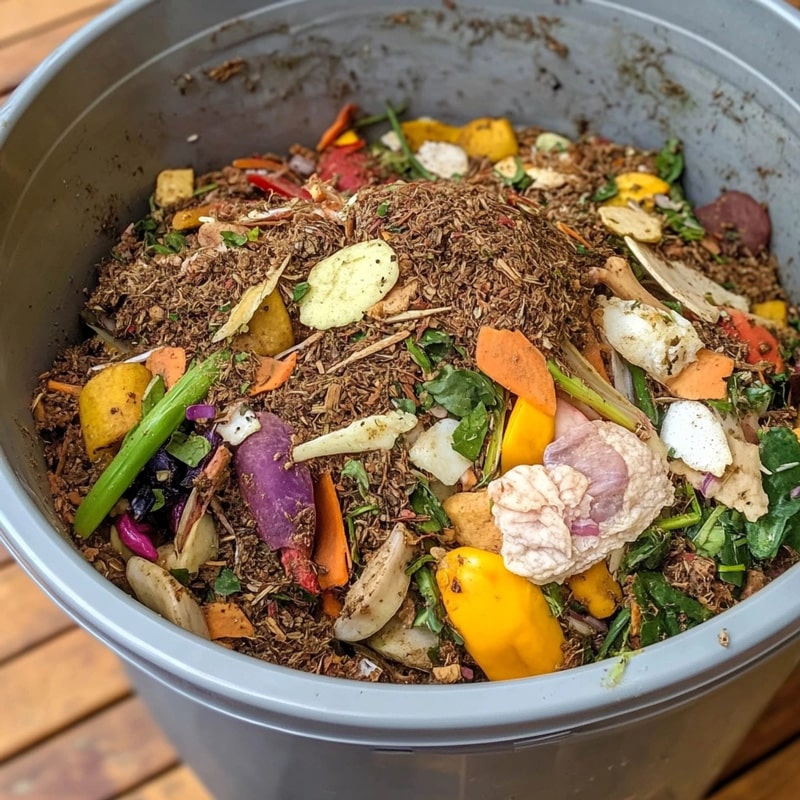
Bokashi Composting: Fermentation at Work
Bokashi composting is known for effectively handling a wide range of kitchen materials, including challenging items like meat and dairy.
This method uses anaerobic fermentation with a special mix of microorganisms in sealed containers, speeding up breakdown and reducing smells.
Key Features
- Wide Acceptance: Bokashi can process various materials, including meat, dairy, and even cooked foods, without attracting pests.
- Anaerobic Fermentation: The process uses a special mix of microorganisms to ferment materials in a sealed environment, accelerating breakdown and controlling smells.
Benefits
- Fast and Efficient: Bokashi speeds up the breakdown of materials, allowing quicker conversion into usable forms.
- Smell Control: Sealed containers reduce smells, making Bokashi great for indoor use.
- Soil Enrichment: The final product is a pre-compost material that can be buried directly in the garden to enrich the soil.
Challenges and Care
- Managing Air Exposure: The main issue in Bokashi composting is managing air exposure. Too much air can disrupt the fermentation process, so it’s crucial to keep the bin sealed and only open it when necessary to add materials.
- Acidity: Bokashi composting results in a fairly acidic product (pH 3-4), which can be too harsh for some applications like worm bins where a neutral pH is preferred.
Practical Application
I found Bokashi composting simple and effective for reducing my kitchen material footprint. It was easy to manage and produced a nutrient-rich pre-compost that significantly enhanced my garden soil.
Bokashi composting is a powerful tool for expanding composting capabilities to include a wider array of kitchen materials. It effectively turns them into a resource for garden enrichment, though it requires careful management of conditions like air exposure and acidity to optimize its effectiveness.
From Spectrum to Synergy
Exploring the best composting methods, each type revealed unique strengths and considerations.
While aerobic composting offers a hands-on, fast-paced approach, anaerobic composting suits those with patience and a preference for minimal intervention.
Vermicomposting has transformed my perspective on waste management, with worms efficiently converting scraps into nutrient-rich compost.
Bokashi composting addresses the challenges of kitchen waste, completing the array of different composting methods available.
As we navigate through different composting methods, the suitability of each depends on personal circumstances, preferences, and the type of waste typically generated.
Each method, with its distinct rhythm and requirements, showcases the adaptability to compost with various lifestyles and environments.
Incorporating composting methods into our routines allows us to actively participate in a cycle of renewal.
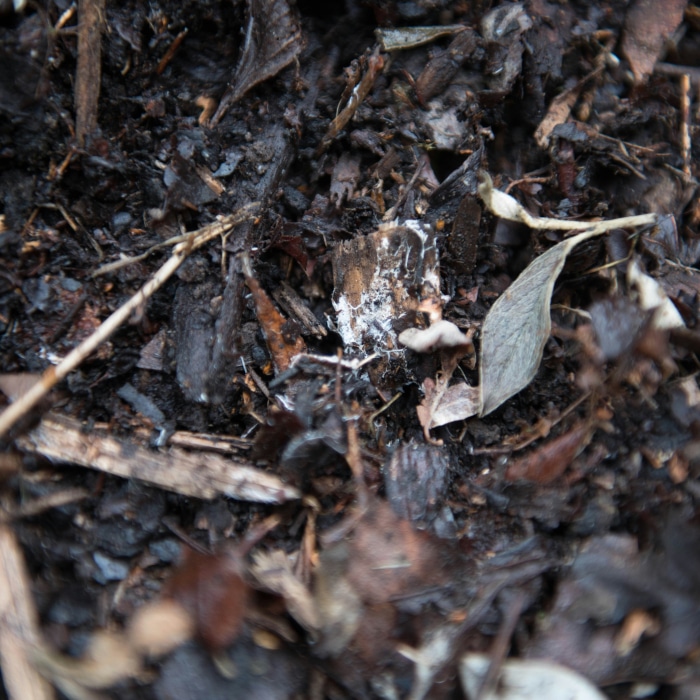
Selecting the Right Method
Choosing the right method feels like selecting the perfect tool for a job.
It’s less about finding the “best” method and more about finding the one that aligns with my lifestyle, space, and waste characteristics.
From the active engagement required in aerobic composting to the patience demanded by anaerobic methods, the intriguing efficiency of vermicomposting, and the rapid process of Bokashi, each method offers unique lessons and rewards.
I recommend trying all these methods if you have the space.
Diverse composting practices enrich your soil and enhance its overall health and productivity.
I learned lessons in how long does composting take, or how much better my garden could be by including organic amendments.
Conclusion: A Call to Action
Composting is more than a waste management technique; it’s a commitment to a sustainable and self-sufficient lifestyle.
Composting can reduce landfill burden and contribute to soil regeneration, benefiting both our gardens and the environment, regardless of which method you choose to use.
I invite you to embrace different composting methods in your own spaces, experimenting to find what best suits your environment.
Whether you start with a simple pile, a worm bin, or a Bokashi system, each step on this journey with composting is a step towards a greener world.
Share your experiences and inspire others, as we collectively enhance our soil’s health and productivity with different composting methods.



